Have you seen the animated film Osmosis Jones? It’s about a white blood cell named Osmosis Jones who is a police officer in Frank’s body. The story follows Osmosis, who is trying to track and hunt down Thrax — a very powerful virus who claims that “Ebola is a case of dandruff compared to me!” The movie showed a good picture of what it’s like to be in a person’s digestive system. We follow the journey of our food as it enters and eventually exits our body.
The journey starts when we eat our food. As we chew, our saliva breaks down the food to make it easier to swallow and pass through the esophagus. This long pipe makes sure that our food goes down to the stomach. It takes about two or three seconds for our food to pass through the esophagus and down to the stomach.
The stomach is the where all the food is broken down by digestive enzymes. The food is mashed and mixed with the stomach’s acid to kill germs and to allow a smooth transfer to the small intestine.
As the name implies, the small intestine is small in width, yet on average it is 22 feet long. Here, food is further broken down so that the body can absorb its nutrients. The liver filters out the bad stuff.
The large intestine is the last destination, where leftover food is separated as body waste.



